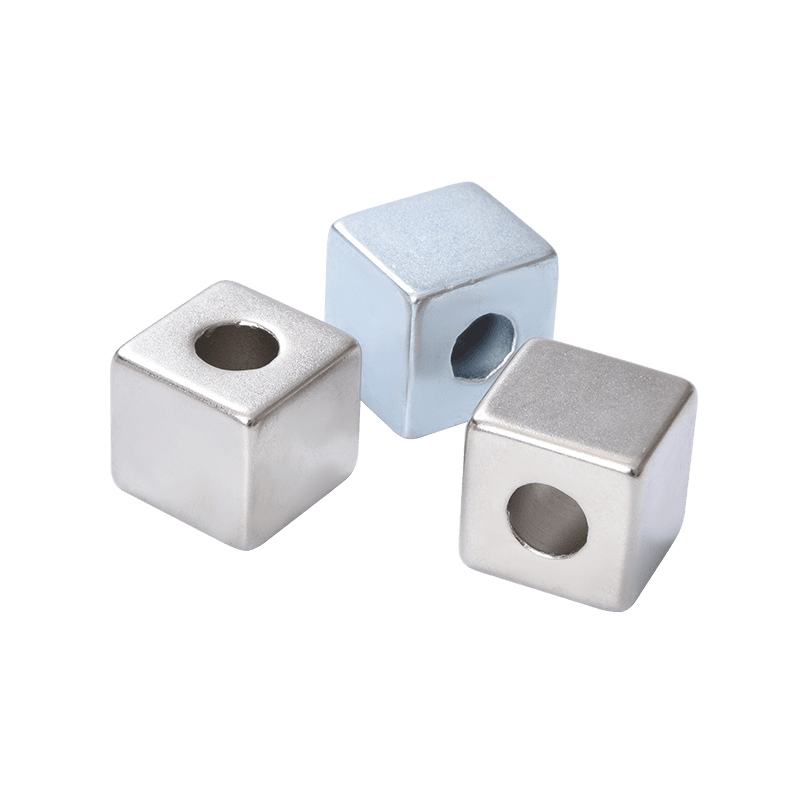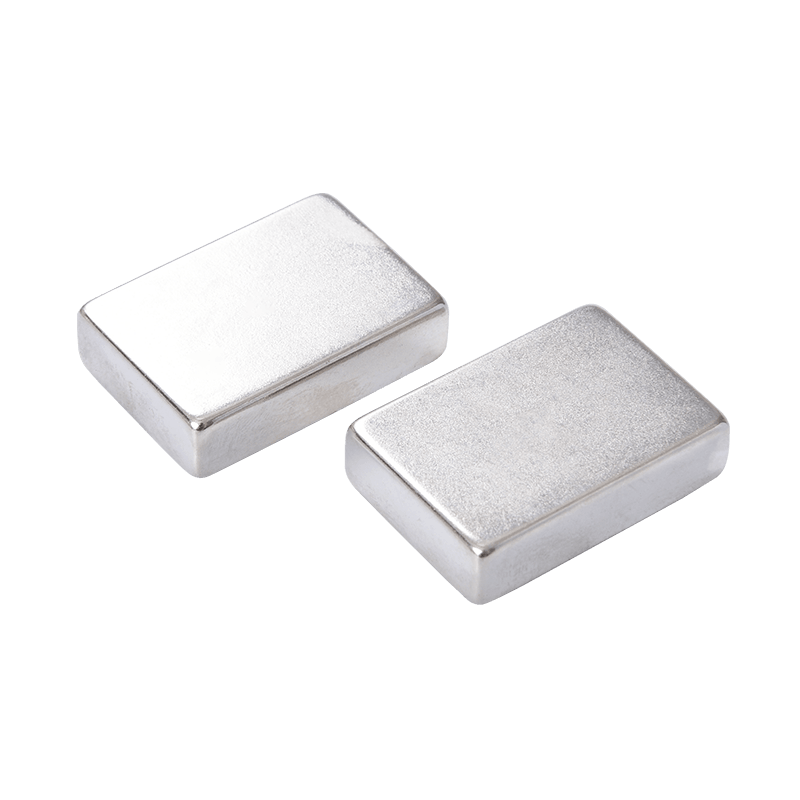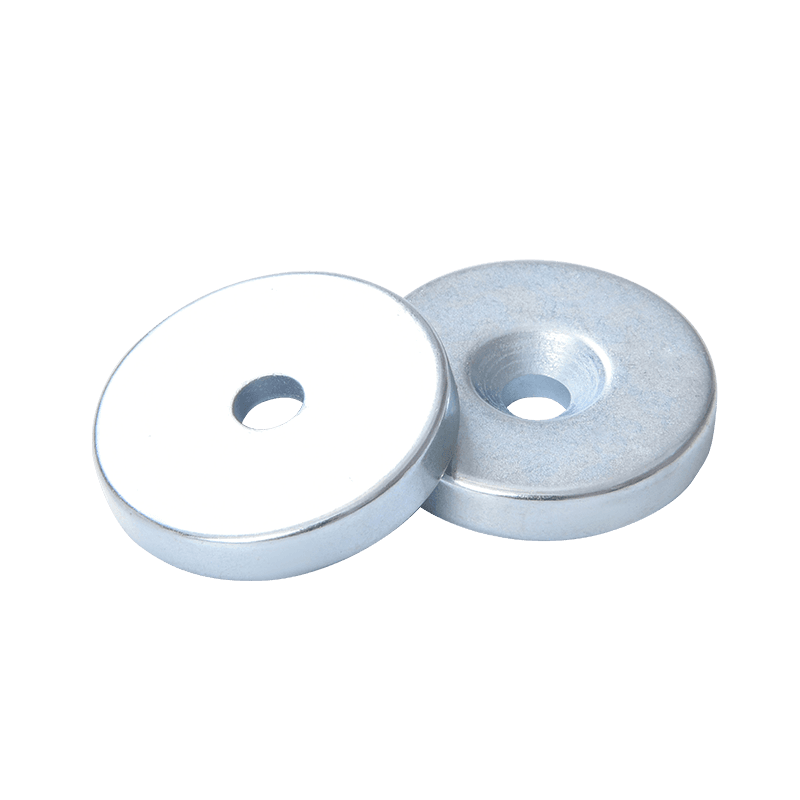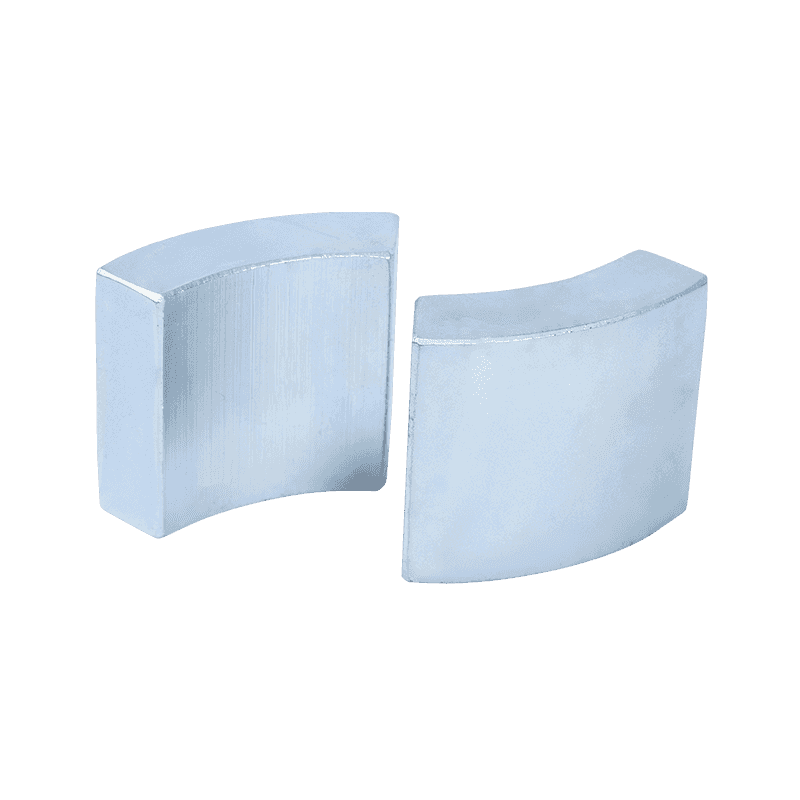The performance stability of Special Shaped NdFeB Magnet (specially shaped NdFeB magnet) in high or low temperature environments is a complex issue because it is affected by many factors, including the grade of the magnet, chemical composition, manufacturing process and specific application environment, etc. Here is a detailed analysis of its performance stability:
1. Performance stability under high temperature environment
The Curie temperature is lower:
A major disadvantage of NdFeB magnets is their relatively low Curie temperature point, which limits their application in high temperature environments. The Curie temperature is the critical temperature at which a magnet loses its magnetism. The Curie temperature of NdFeB magnets is generally between 300°C and 500°C, which is far lower than the requirements of some high-temperature applications.
Poor temperature characteristics:
At high temperatures, the magnetic properties of NdFeB magnets will decrease significantly, including the reduction of remanence (Br) and coercive force (Hcb). This drop is irreversible, meaning that the magnetic properties cannot be fully restored when the temperature returns to room temperature.
Irreversible loss of magnetic flux:
At high temperatures, NdFeB magnets will produce irreversible loss of magnetic flux. This is due to the microstructure inside the magnet changing at high temperatures, resulting in the rearrangement of the magnetic domains and the irreversible reduction in magnetization intensity.
Improvements:
By adjusting the chemical composition, such as adding trace elements such as Dy and Co, the coercive force and temperature stability of the magnet can be significantly improved.
Using processes such as secondary tempering heat treatment, the microstructure of the magnet can be optimized and the irreversible loss of magnetic flux can be reduced.
2. Performance stability in low temperature environment
Relatively good stability:
Compared with high-temperature environments, NdFeB magnets have relatively better performance stability in low-temperature environments. In low-temperature applications, the magnetic properties of NdFeB magnets are not significantly affected.
Precautions:
Although low temperature has a small direct impact on NdFeB magnets, other factors still need to be paid attention to in practical applications, such as mechanical stress that may be caused by the difference in thermal expansion coefficient between the magnet and the surrounding materials.
Special Shaped NdFeB Magnet has poor performance stability in high temperature environments, which is mainly affected by factors such as low Curie temperature, poor temperature characteristics and irreversible loss of magnetic flux. In contrast, the performance stability in low temperature environments is relatively good. In order to improve the performance stability of magnets in high-temperature environments, measures such as adjusting chemical composition and optimizing manufacturing processes can be taken.

 English
English русский
русский Español
Español





